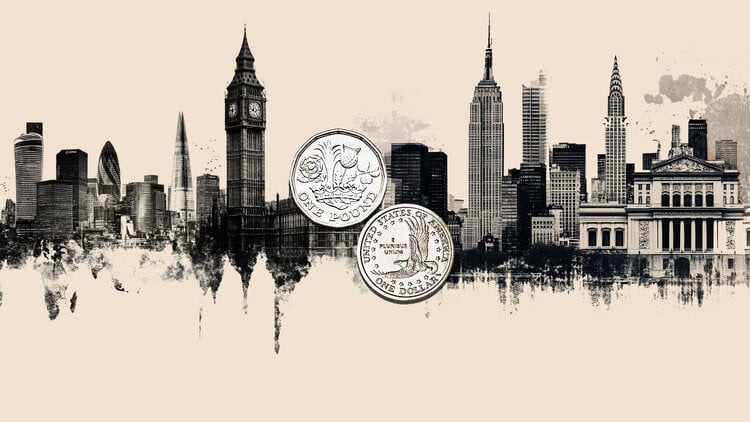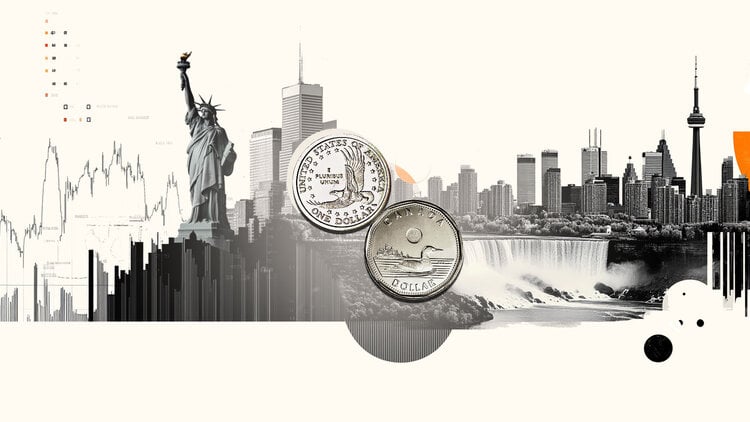- USD/MXN has risen to three-day highs at 18.0336.
- The US dollar soars on expectations that the Fed will keep rates high for longer.
- Mexico’s annual inflation rises to four-month highs while US Nonfarm Payrolls grow more than expected.
The USD/MXN has been trading higher since the start of Friday. Following inflation data from Mexico and employment data from the United States, the pair has reached a new high since June 4 at 18.0336.
The price of the US dollar soars after the good NFP data
US Non-Farm Payrolls (NFP) grew by 272,000 in May, exceeding April’s 165,000 and the expected 185,000. In addition, salary income increased 4.1% year-on-year, above the 3.9% forecast. This data caused the Dollar to soar as the Fed could delay its first interest rate cut in the face of strong employment and high wage inflation.
The reaction of the Dollar Index (DXY) to the US employment report has been very relevant, jumping from 104.10 to 104.79, its highest level in a week. At the time of writing, the index is trading above 104.75 points, gaining 0.60% daily.
Mexico’s general inflation rises while core inflation falls
Mexico’s annual Consumer Price Index (CPI) has increased to 4.69% in May from 4.65% in April, reaching its highest level in four months. On a monthly basis, inflation has fallen 0.19% after increasing 0.20% the previous month.
For its part, the monthly underlying CPI has grown by 0.17% in May compared to 0.21% in April. The annual rate stood at 4.21% after reaching 4.37% the previous month.
USD/MXN Price Levels
USD/MXN is now trading above 17.98, flat on the day. A further rise will find resistance at 18.19, the weekly high recorded on June 4. Above, the barrier located at 18.49, the October 2023 ceiling, awaits.
On the downside, initial support awaits at 17.80, the daily low. Below, the 17.40/17.50 zone would act as a containment zone before a further fall towards the psychological level of 17.00.
US Dollar FAQ
What is the US Dollar?
The United States Dollar (USD) is the official currency of the United States of America, and the “de facto” currency of a significant number of other countries where it is in circulation alongside local banknotes. According to 2022 data, it is the most traded currency in the world, with more than 88% of all global currency exchange operations, equivalent to an average of $6.6 trillion in daily transactions.
After World War II, the USD took over from the pound sterling as the world’s reserve currency.
How do the decisions of the Federal Reserve affect the Dollar?
The single most important factor influencing the value of the US Dollar is monetary policy, which is determined by the Federal Reserve (Fed). The Fed has two mandates: achieve price stability (control inflation) and promote full employment. Your main tool to achieve these two objectives is to adjust interest rates.
When prices rise too quickly and inflation exceeds the 2% target set by the Fed, the Fed raises rates, which favors the dollar. When Inflation falls below 2% or the unemployment rate is too high, the Fed can lower interest rates, which weighs on the Dollar.
What is Quantitative Easing and how does it influence the Dollar?
In extreme situations, the Federal Reserve can also print more dollars and enact quantitative easing (QE). QE is the process by which the Fed substantially increases the flow of credit into a clogged financial system. This is an unconventional policy measure used when credit has dried up because banks do not lend to each other (for fear of counterparty default). It is a last resort when a simple lowering of interest rates is unlikely to achieve the necessary result. It was the Fed’s weapon of choice to combat the credit crunch that occurred during the Great Financial Crisis of 2008. It involves the Fed printing more dollars and using them to buy US government bonds, primarily from financial institutions. QE usually leads to a weakening of the US Dollar.
What is quantitative tightening and how does it influence the US dollar?
Quantitative tightening (QT) is the reverse process by which the Federal Reserve stops purchasing bonds from financial institutions and does not reinvest the principal of maturing portfolio securities in new purchases. It is usually positive for the US dollar.
Source: Fx Street
I am Joshua Winder, a senior-level journalist and editor at World Stock Market. I specialize in covering news related to the stock market and economic trends. With more than 8 years of experience in this field, I have become an expert in financial reporting.







